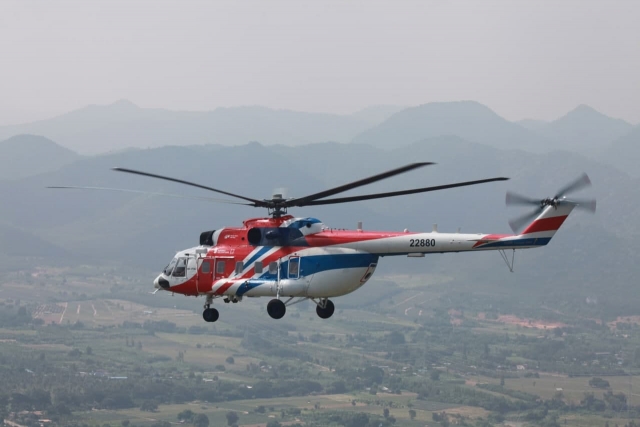Russia’s Mi-171A3 Offshore Helicopter Completes First Flight

The glider of Russia’s Mi-171A3 offshore helicopter will be tested for static strength at the National Center for Helicopter Engineering by M.L. Mil and N.I. Kamov of the Russian Helicopters holding.
The work will last until mid-2023. During the tests, the designers will evaluate the strength of the airframe and individual elements of the fuselage, Rostec said in a release.
The Mi-171A3 is fully digitally designed, a "digital twin" of the airframe design has been created. NCV specialists will conduct not only full-scale, but also virtual tests of the new fuselage. After completion of the tests, their results will be compared. If a discrepancy between the calculation and experiment is revealed, the calculated mathematical models will be corrected. Thus, the validation of the digital twin will occur.
In the future, this approach will allow the company to abandon a significant amount of expensive experiments to confirm the static strength of the structure during further refinements and modifications of the helicopter.
At present, weight and size models of the main units are being installed on the fuselage. Through them, with the help of a system of specialized drives, the airframe will receive the design loads in accordance with the test program.
At the final stages of testing, individual parts of the fuselage will be loaded until they are destroyed. This will allow assessing the correctness of the choice of design solutions in the design and determine the possibility of reducing the weight and increasing the weight return of the structure.
According to the test results, the compliance of the Mi-171A3 fuselage design with the requirements of the certification basis and aviation regulations AP-29 will be established.













